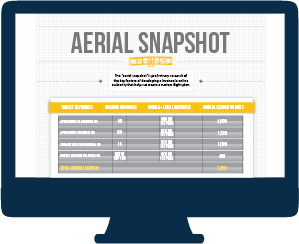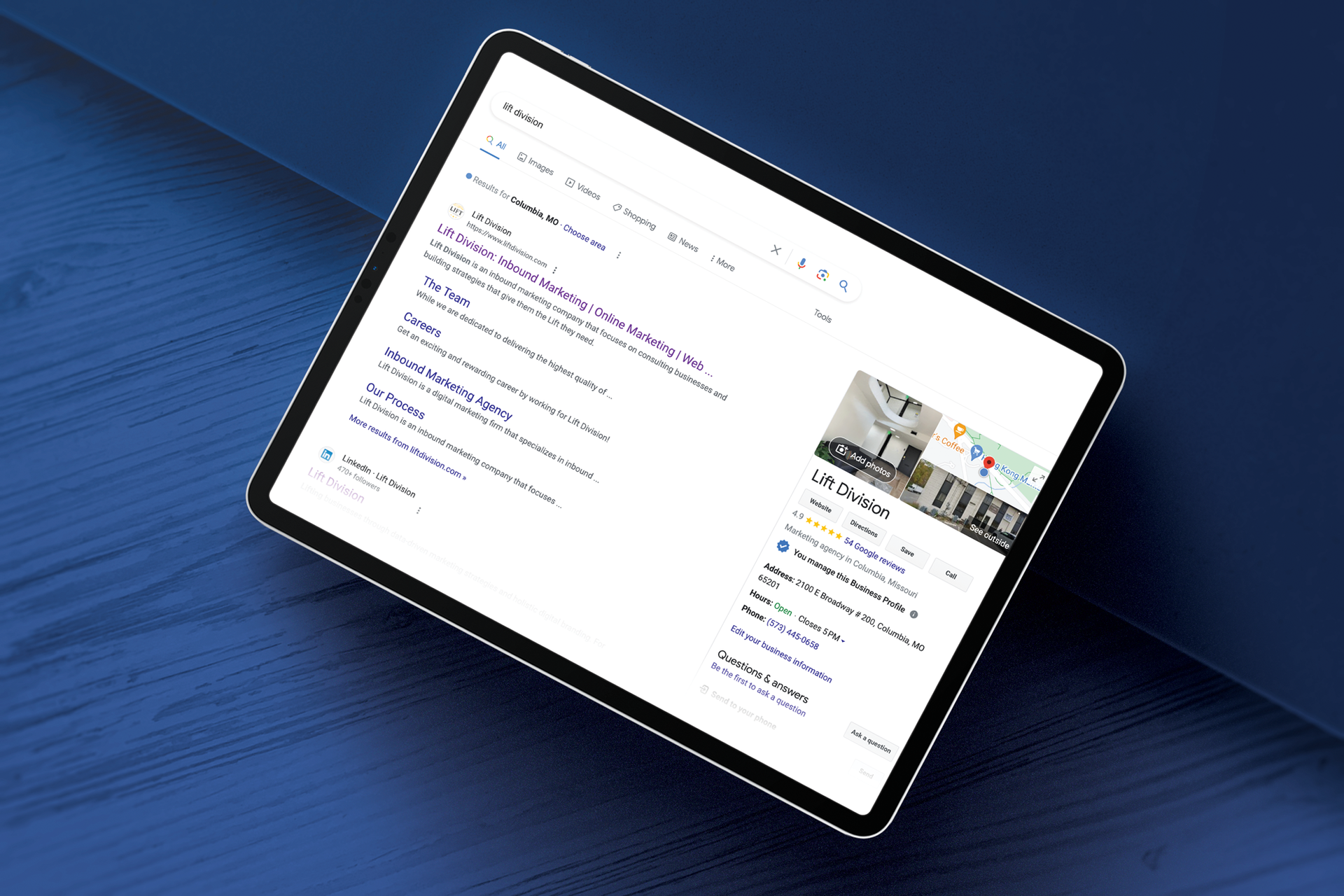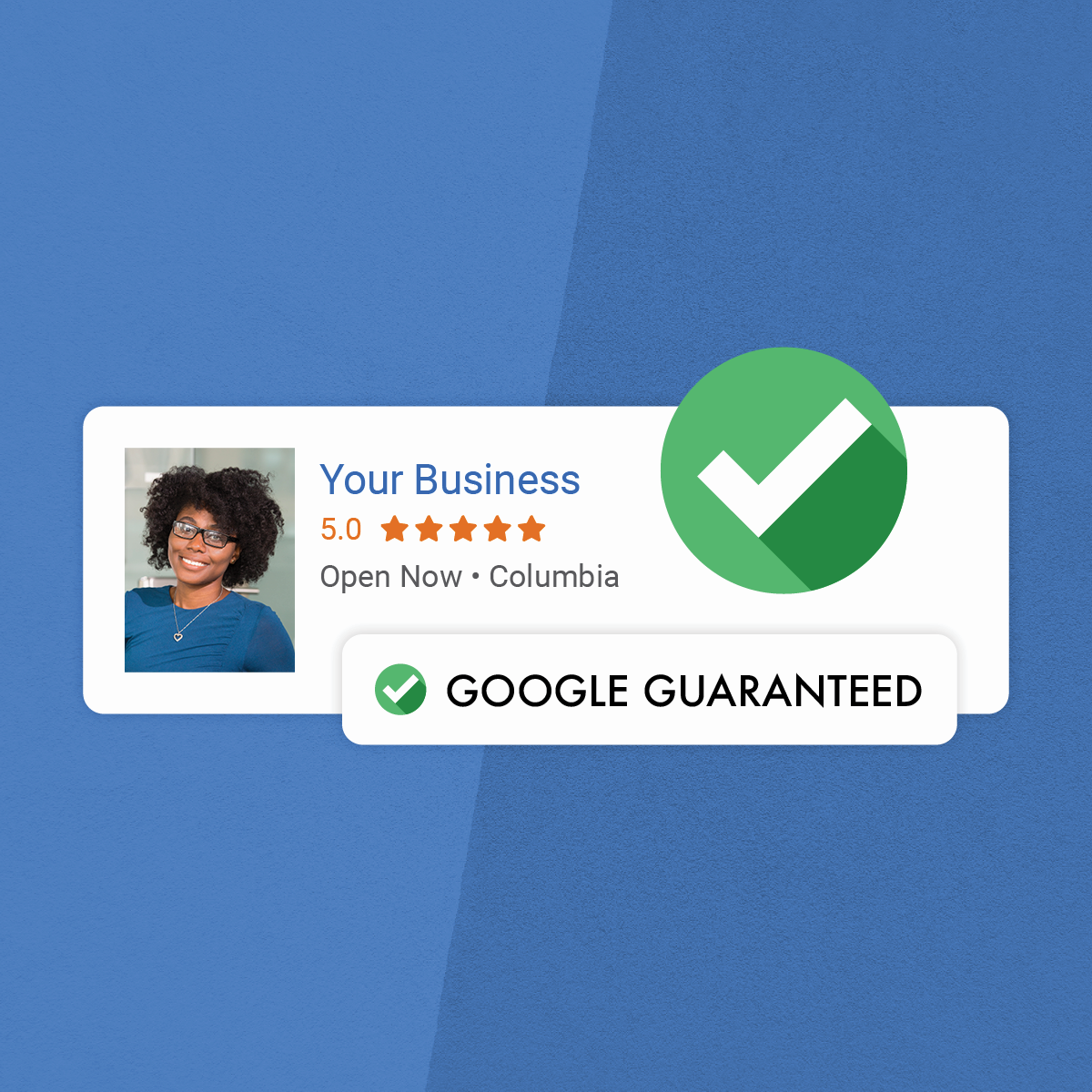If You Build It, They Will Come...But What Will They Do When They Get There?
When it comes to websites, it’s not uncommon for businesses to take the Field of Dreams approach — holding the film’s classic quote close to heart: “If you build it, they will come.”
…more importantly, will they know what to do when they arrive?
It almost goes without saying, but over the last 20 years, the Internet and websites in general have become an ingrained part of our society. From providing more access to information, to making things more convenient, to raising money for mankind’s next giant leap in potato-salad financing, our society is growing increasingly web-based and we’re using websites for more than ever before. However, there is one thing your website definitely shouldn't be a tool for: confusing people.
Every website should have at least one clear goal (called a “conversion” in online marketing) and it shouldn’t be difficult for your ideal user to reach it. Truthfully, this goal should form the foundation of your online presence — after all, as a business owner, the last thing you want is for your customers to have trouble understanding how to purchase your goods or services. In a world where value follows ease and convenience, your web presence should follow suit.
Having a beautiful website that doesn't help your business grow is really the same as throwing money away. This is especially problematic considering the greatest thing about online marketing is that it’s measurable and fairly inexpensive when compared to other forms of promotion. While there are myriad things that go into a successful web presence, following are a few key pieces that you should take into account when building your next site.
1) Goal-Based Strategy is Key
We build websites that serve as digital employees for our clients. Simply put, since so many people turn to the web for answers to their problems, it's crucial that businesses can either solve these issues or provide valuable information to help resolve them. By having a strong web presence that guides their visitors in the right direction, you ultimately help them meet their needs, and you increase the chances that they’ll convert to customers as well.
2) Users Don't React Well To Confusion
If your goal is for people to call your office, but they can't find your phone number anywhere on your site, it's unrealistic to expect success. While this is a simple example, the same idea follows through to all aspects of user experience: It is absolutely essential that your site provide easy, straightforward access to the conversion that you want your customers to reach.
3) Speed (Or Lack Thereof) Can Kill
Optimizing your site is a must. Slow servers, photos larger than 1.5mb and unnecessary media elements can seriously slow down your site. In fact, a slow website can have a crushing effect on your conversion: Studies have shown that 47% of consumers expect a web page to load in two seconds or less.
In the grand scheme of things, there aren’t many benchmarks for a good website outside of a user-friendly web presence that doesn't force customers to think too hard about how to achieve the goals you’ve presented for them. After all, there's no use in spending your resources on a website (or any other business expenditure, for that matter) if it doesn't provide a solid return on your investment. The bottom line? In order to build lasting value in your website, you should always have a goal — there’s no room for nil-nil when it comes to web design.

Jamie Stephens is our Chief of Digital Strategy and is a co-founder of Lift Division. He has been designing websites and developing simple, usable tools on the web for over 15 years and has has built sites and web applications for companies such as Miller's Professional Imaging, adventur.es, The Ad Sheet, Reynolds Journalism Institute, and many more.
GET A FREE ONLINE MARKETING ASSESSMENT!

Our FREE Aerial Snapshot will:
- Identify Valuable Keywords & Your Current Rankings
- Analyze Your Current Local Presence
- Review Key Performance Indicators on Your Website
- Assess Your Social Media Profiles
- Provide You with a Reputation Analysis







